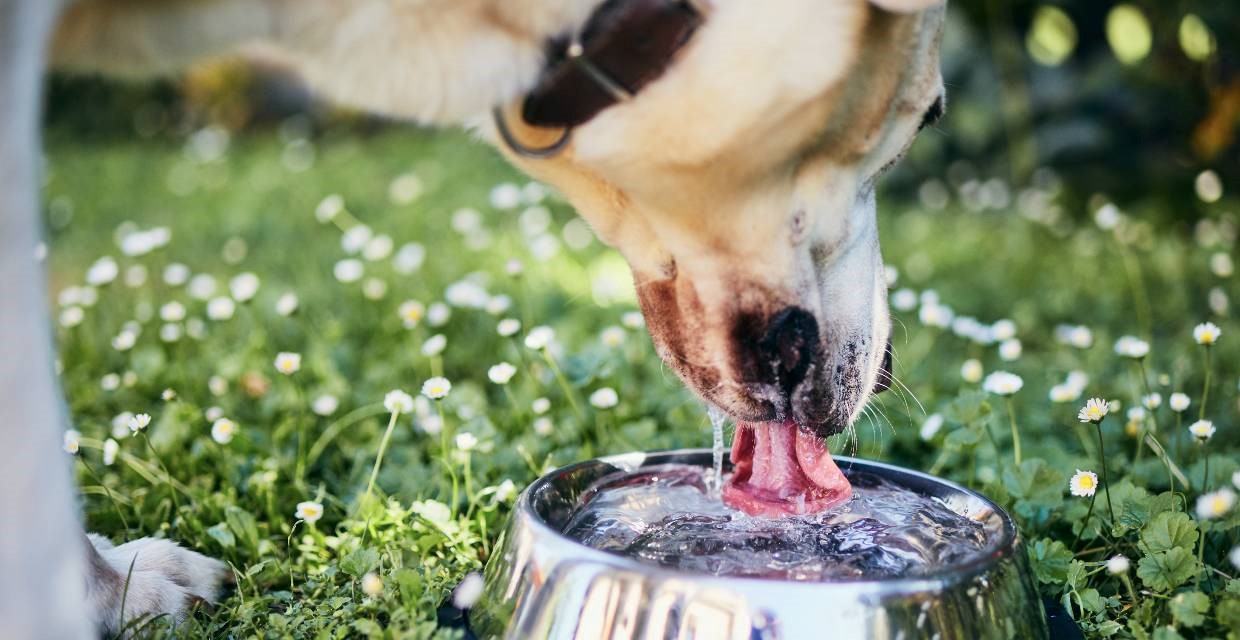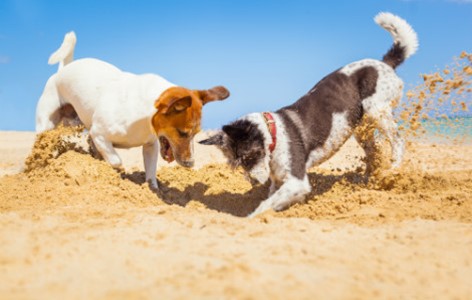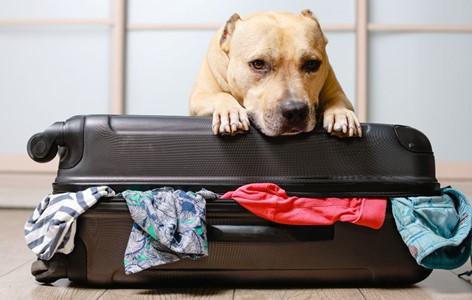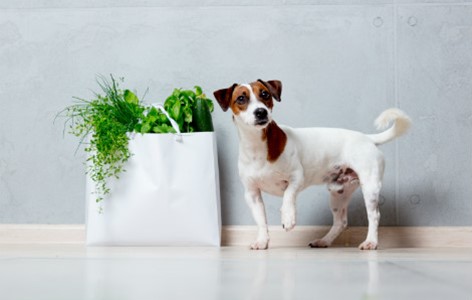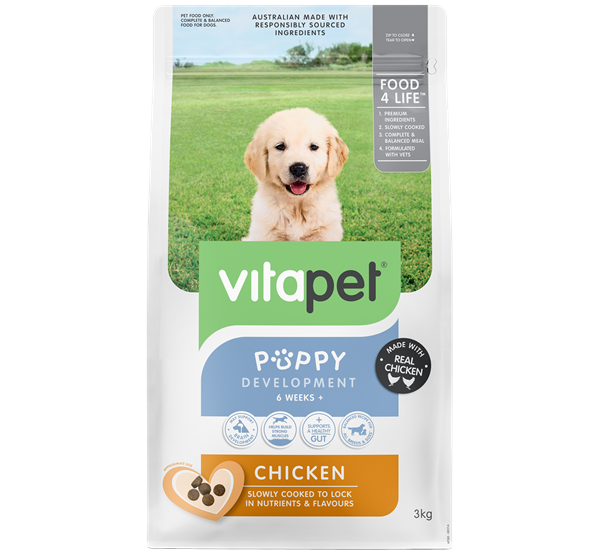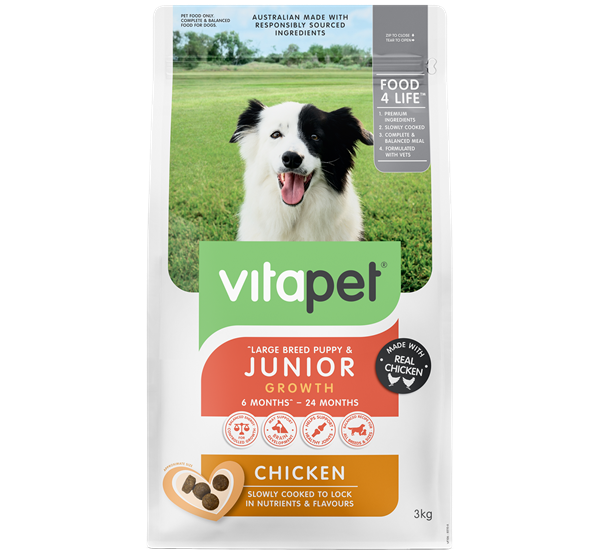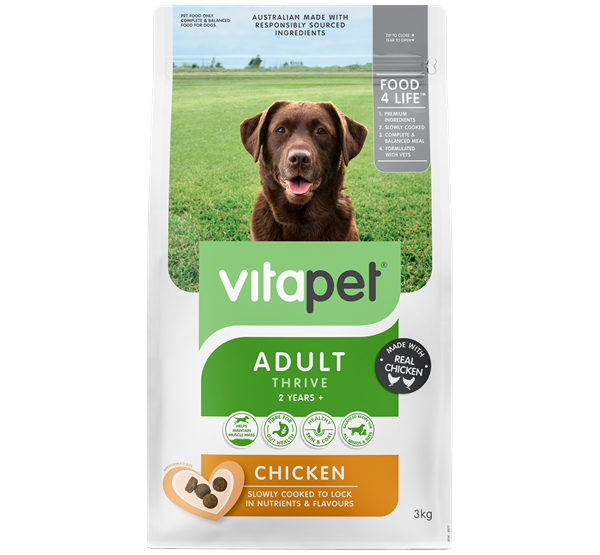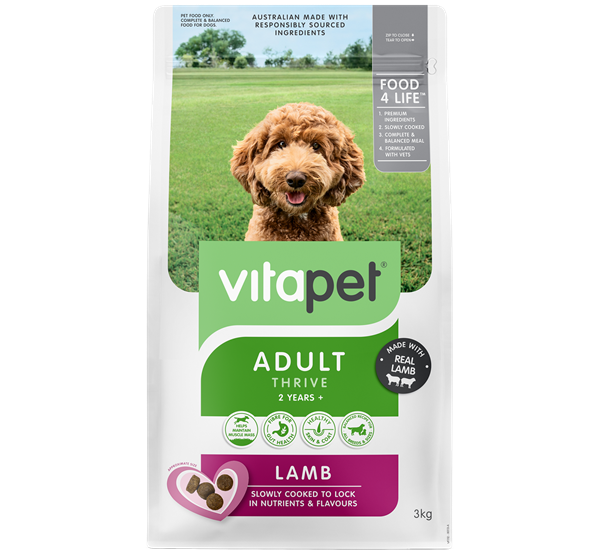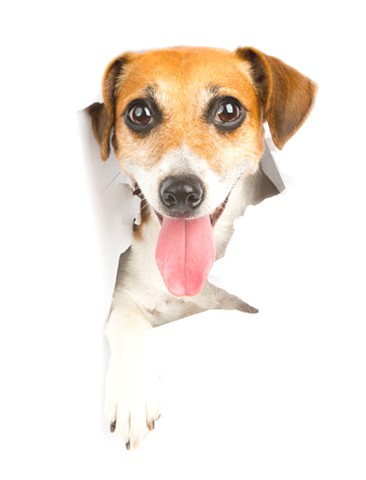Dogs love summer fun just as much as we do, but they suffer from heat stress more often than humans do. This is due to their furry coats, higher core body temperatures and how they use their bodies to cool down.
What is heat stress and what causes it in dogs?
Heat stress, also known as heat stroke or heat exhaustion, is where the body overheats to a dangerous level, which can be life-threatening.
During summer, the risk for dogs overheating during exercise or when being left in cars is much higher due to the high outside temperature, which interferes with their body’s ability to keep cool.
A normal dog’s temperature is usually between 38° – 39°, and they have a fur coat all year round.
If the dog’s temperature reaches 41° or higher, then a true emergency exists. Critical organ failure can occur once their body temperature gets to 43°.
Brachycephalic breeds (flat-faced breeds) have a much higher incidence of overheating, as their airways are not as effective in oxygen delivery and cooling down. So, it’s important to be particularly careful with flat-faced breeds on hot days.
Unfortunately, heat exhaustion can lead to organ failure if treatment is left too late. If you suspect your dog has developed heat stress, do not delay and take your dog to a vet immediately for emergency care.
How do dogs keep themselves cool?
Dogs have several ways to keep themselves cool during hot weather.
Drinking more water.
To avoid becoming dehydrated, dogs drink more water during hot weather, which helps prevent heat stress.
Panting.
One of the main ways a dog cools down is through panting, which produces a higher airflow over the moist surfaces in the upper airways, resulting in evaporative cooling. During panting, the respiratory rate can reach up to 200-400 breaths per minute!
Foot pads.
Unlike humans, dogs have a limited ability to sweat and can only do this through their footpads.
Digging a hole.
Dogs dig holes to keep cool. The soil underneath the surface is much cooler than the top, so dogs will dig a hole, then rest inside it to cool down.
Finding shade.
Like other animals, dogs will seek shelter from the sun during hot weather.
Top 10 Tips to Keep Dogs Cool in Summer
1. Don’t leave your pet in the car.
Within 10 minutes, the temperature inside a car can reach 20° higher than the outside! After an hour, the temperature inside a car can get to 40° higher than the outside temperature.
So, if it’s 35° outside, your car’s temperature could get to 75°!
That's hotter than any outside temperature ever recorded! So, there is never a safe situation to leave your dog unattended inside a parked car in the summer.
2. Exercise your dog in the early morning or evening.
Choose either early morning or late evening to exercise your dog, as temperatures are much cooler at those times
3. Make sure your dog has plenty of drinking water.
Dogs will drink a lot more water in hot weather, so always provide multiple water bowls so that if your dog needs more water to cope with hot weather or accidentally knocks one of them over, water is always available.
4. Do not tether your dog outside.
It’s important that dogs can move around freely in their backyard to find cool areas and ensure they can access their water all day. During the day, shaded areas in the backyard change, so tethering risks positioning your dog in the sun or, even worse, if their leash catches around their neck, they can get strangled.
5. Never use a tight-fitting muzzle during exercise.
The law requires some dogs to wear muzzles while being walked outside, but the muzzle should be a basket style so that the dog can pant. A tight-fitting muzzle can predispose to heat stress with a potentially fatal consequence.
6. Provide a wading pool for your dog.
Most dogs love a dip in the water on a hot day. Pools can be unsafe for dogs as they may not know how to get out, but an alternative option is a small plastic wading pool with a small amount of water where your dog can lie down to cool off. If your family has toddlers or small children, these devices are not recommended as they are unsafe.
7. Keep your dog at a healthy weight.
Overweight dogs are in a high-risk category for heat stress, so speak to your vet about putting your dog on a diet to trim down.
8. Keep your dog indoors if hot outside.
It is best to bring your dog indoors in a well-ventilated area, preferably one with air conditioning, if the temperature outside exceeds 35°. Brachycephalic breeds, on the other hand, should not be left in temperatures over 30°.
9. Make sure your dog has a shady spot in the backyard.
Like people, dogs seek shelter from the sun during the heat. If there is insufficient shade in your backyard, then you may need to rethink leaving your dog outside.
10. Ensure your garage is kept cool.
It’s vital to monitor the temperature inside your garage on a hot day, before deciding if it is safe to keep your dog inside. At 30° or higher, you might want to consider bringing your dog inside your air-conditioned home. Look into installing a garage air conditioner or insulation in order to keep your garage cool for your dog.
Summer is a time to really enjoy your dog’s company, so remember to have fun in the sun but keep a look out for heat stress too!












